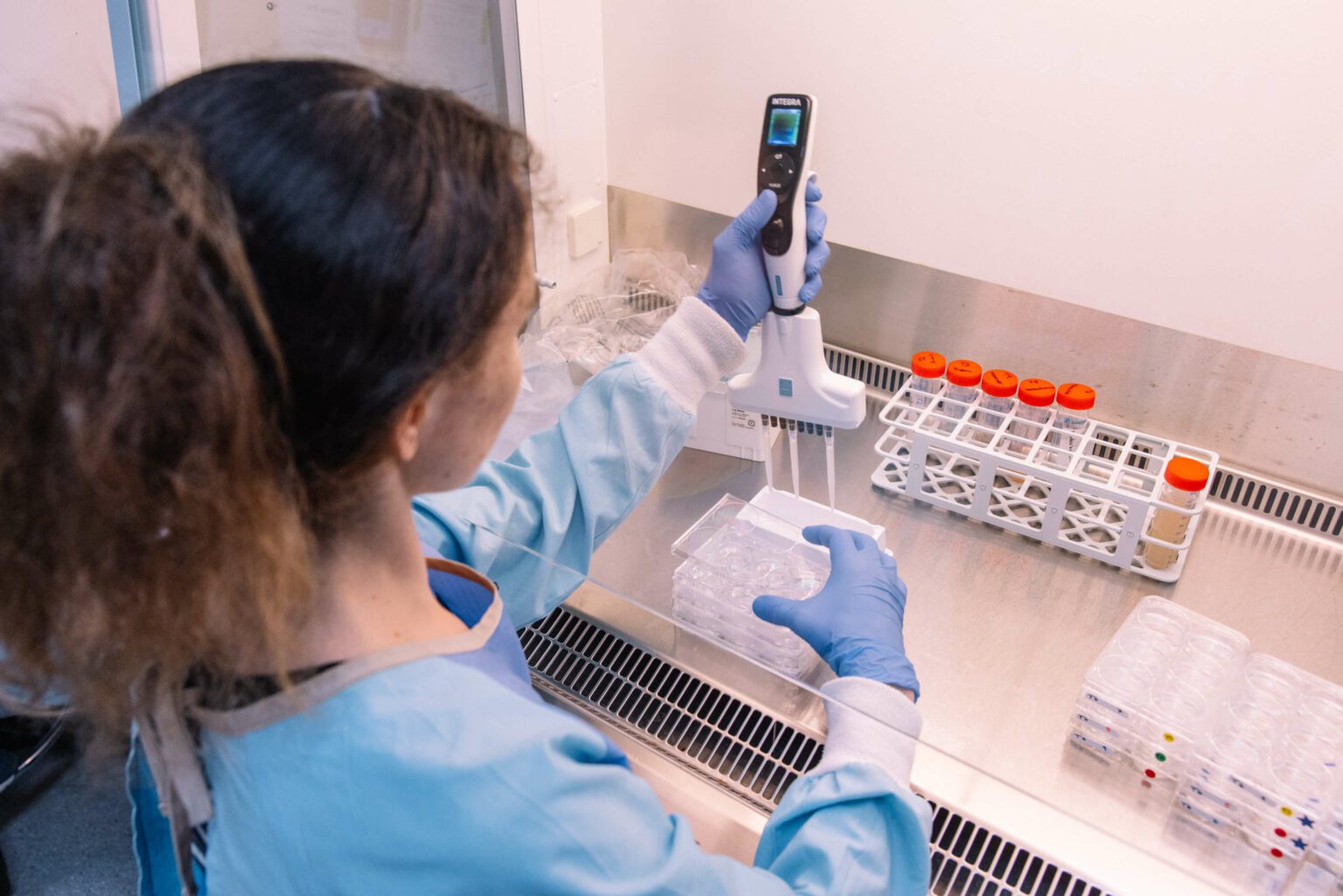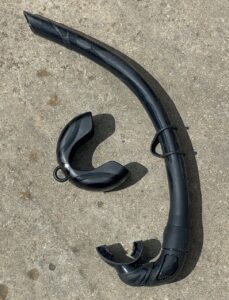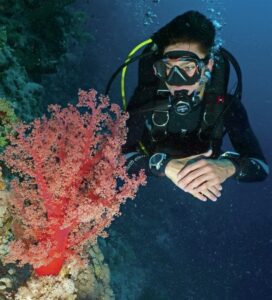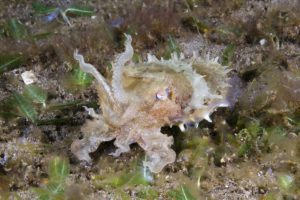Mass coral breeding methods amidst raft of breakthroughs to protect reefs
Scientists and engineers have pioneered new techniques to mass produce healthy baby corals, which could help restore reefs damaged by the impacts of climate change.
These semi-automated and robotic methods make it possible to increase the number of corals bred in aquaculture from a few thousand a year to tens of millions.
This is just one of a raft of scientific and engineering breakthroughs that have been made through the Reef Restoration and Adaptation Program (RRAP) – the world’s largest R&D program to protect an ecosystem from climate change. The program aims to provide the critical step-change needed to achieve coral reef restoration at scale and give real hope for the future of the world’s reefs.
The World Meteorological Organization confirmed July was the world’s hottest month ever recorded, with ocean temperatures reaching the highest level ever for this time of year. This has already sparked catastrophic bleaching on coral reefs in the Florida Keys and the Caribbean and scientists are warning ocean temperatures are likely to continue to rise as the impacts of climate change intensify.
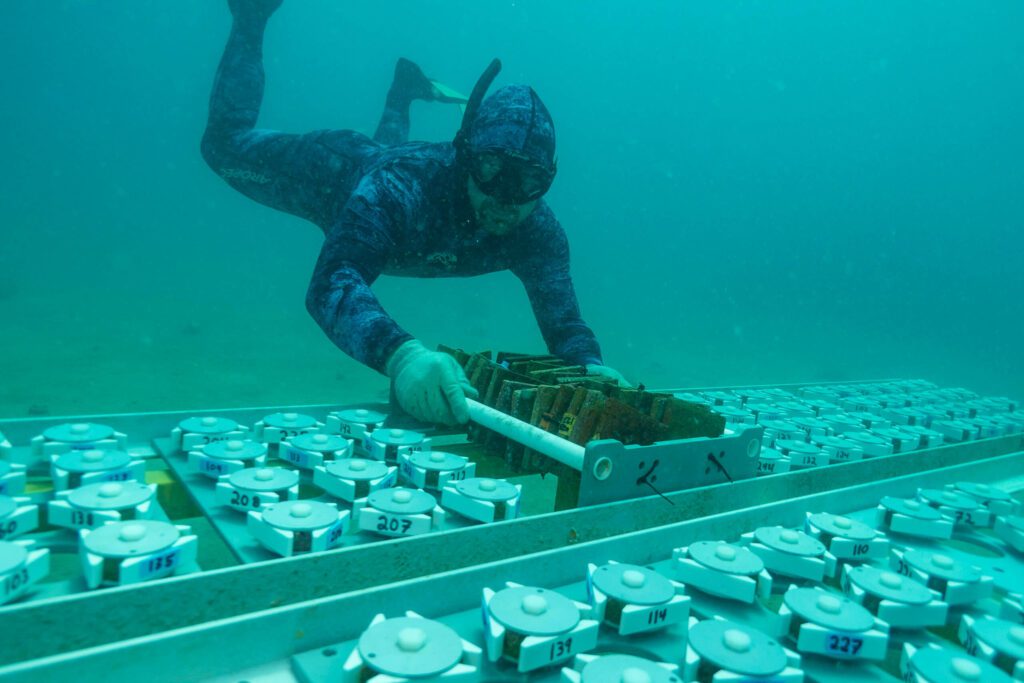
Coral collection (Credit Ian McLeod, AIMS)
To prepare for these warming ocean temperatures, we’ve been focused on developing solutions that will enable millions of heat tolerant corals to be planted on the Great Barrier Reef, and coral reefs around the world.
The breakthroughs that will help coral reefs resist, adapt to, and recover from warming ocean temperatures include:
- Semi-automated and robotic methods to mass produce corals and year-round coral propagation methods
- The acceleration of heat tolerance of several coral species in the lab
- Seeding devices engineered to deliver these coral babies en masse to reefs in a way that enhances survival in their vulnerable first year
- Cryopreserving over a trillion coral sperm which are ready to be thawed and used to re-populate damaged reefs
- The development of new models which vastly improve our ability to predict where interventions are best deployed, and how well they will function
- Building prototypes for fogging and cloud brightening machines that can shade corals from heat and light intensity, and could reduce the impact of heatwaves.
Great Barrier Reef Foundation Managing Director Anna Marsden said: “The recent heat records are underscoring what the science has been telling us – coral reefs are on the frontline of climate change and global emissions reduction remains the most important action we can take to secure their future.
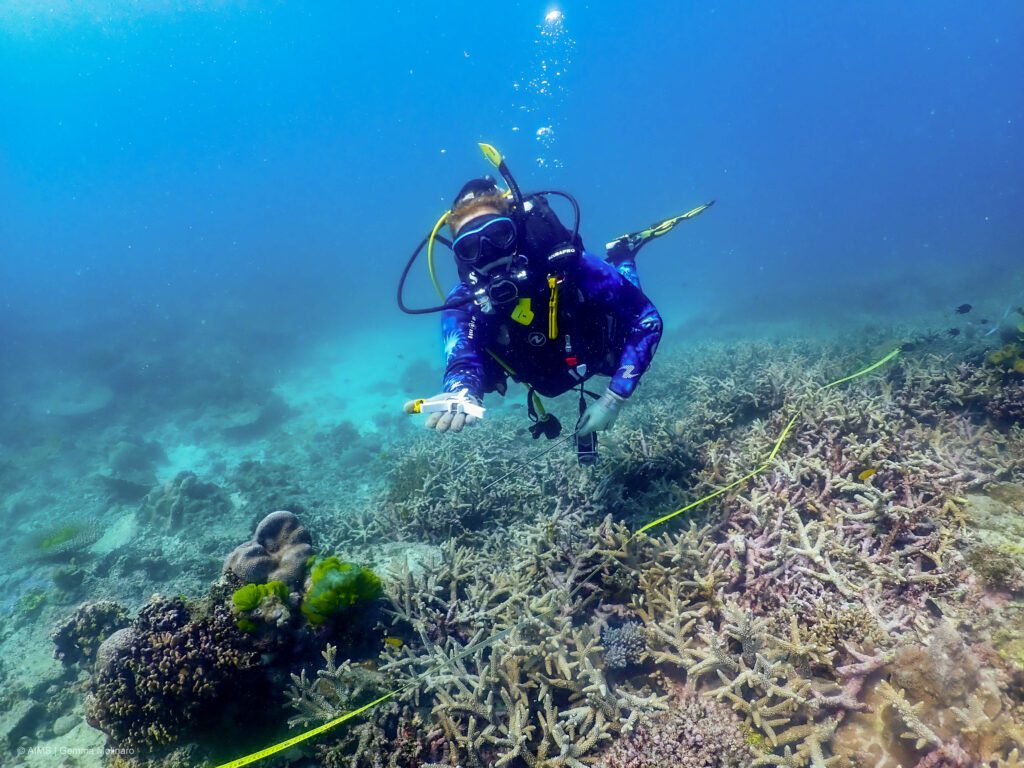
Wave Energy Experiements (Credit Gemma Molinaro, AIMS)
“However, warming ocean temperatures are locked in, meaning emissions reductions alone are no longer enough to safeguard coral reefs for the next generation. We must pioneer a toolbox of solutions to help protect the reefs we have left, restore lost reefs and help corals adapt to warming ocean temperatures.”
Reef Restoration and Adaptation Program Executive Director Dr Cedric Robillot said: “The speed at which climate change impacts are unfolding on coral reefs around the world is alarming and current restoration efforts can’t keep up.
“These breakthroughs are game changing as they are designed to be applied at scales of thousands of square kilometres – completely transcending current notions of coral reef repair, which are mostly done by hand on a few square metres of reef.
“We’ve been able to achieve this by bringing together a diverse group of 350 experts including biologists, data scientists, ecologists, engineers, geographers, mathematicians and social scientists to work alongside Traditional Owners and passionate Reef community members. And it’s working – we’ve made more advances in coral reef restoration science in the past three years than we have in the past three decades.”
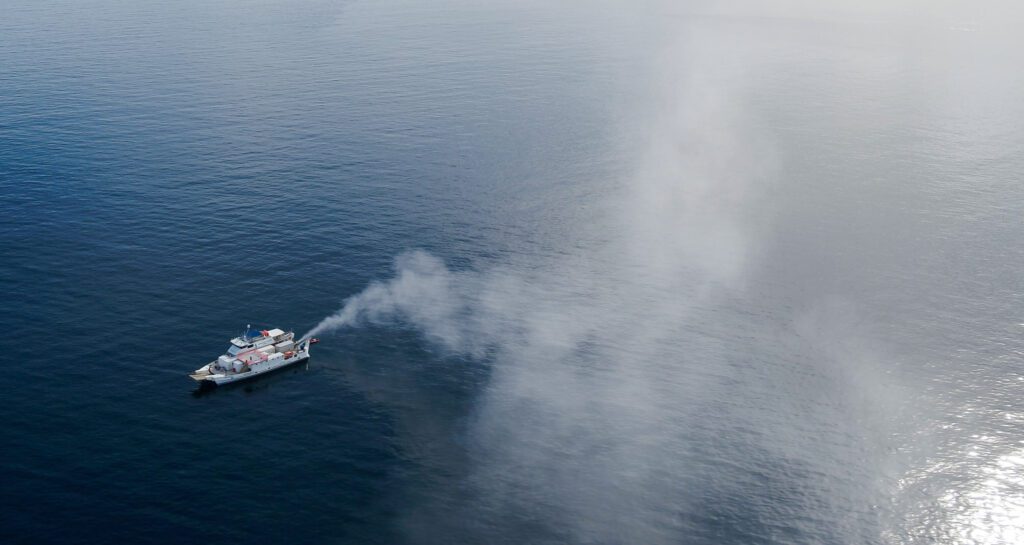
Marine Cloud Brightening Field (Credit Southern Cross University)
Reef Restoration and Adaptation Program partner quotes
The Australian Institute of Marine Science acting CEO Basil Ahyick highlighted the importance of building fundamental knowledge to develop end-to-end solutions that can be applied at scale on the Great Barrier Reef and other reef systems around the world.
“The challenge is enormous. Using our state-of-the-art National Sea Simulator facility and research vessels, we are pushing the boundaries of coral aquaculture to develop large-scale, tech-driven breeding and coral seeding techniques to help fast-track reef recovery. We are also developing ways to enhance coral heat tolerance to help safeguard Australian reefs for a warmer future.
“These innovations are supported by lasting relationships with Traditional Owners.
“If and when the time comes, decisions will be guided by information we are gaining from field studies, and ecological and decision models we are developing to determine where and when these efforts will be most effective.”
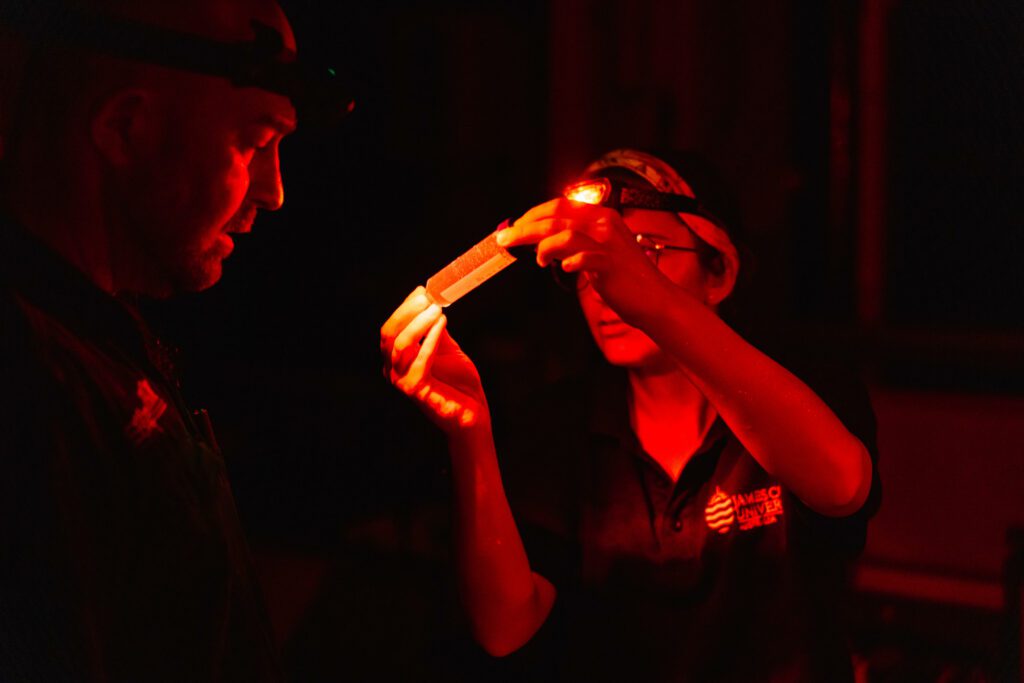
Coral Spawning (credit SkyReef Photos)
CSIRO Environment, Energy and Resources Executive Director Peter Mayfield believes it’s an important time to be a part of the Reef Restoration and Adaptation Program as it looks ahead to piloting new restoration approaches developed over the last three years.
“With our partners we have developed ways to collect coral larvae from heathy reefs and move these to reefs that need help to recover. Our environmental modelling is showing us how reef ecosystems will respond to this extra help under climate change – so we know it’s worth doing,” Dr Mayfield said.
The University of Queensland Executive Dean of the Faculty of Science Professor Melissa Brown said: “UQ is proud to be contributing to the outcomes of the RRAP program, leveraging our long-
standing commitment to combatting global reef ecosystem challenges, and the outstanding facilities at the UQ Heron Island Research Station.
“As part of RRAP, our scientists are investigating methods to stabilise damaged reef surfaces where dead or degraded corals have become loose and unconsolidated rubble, preventing or slowing reef recovery.
“Rubble stabilisation as a reef restoration technique is in its infancy, but could prove to be an invaluable tool in saving our precious Reef.”
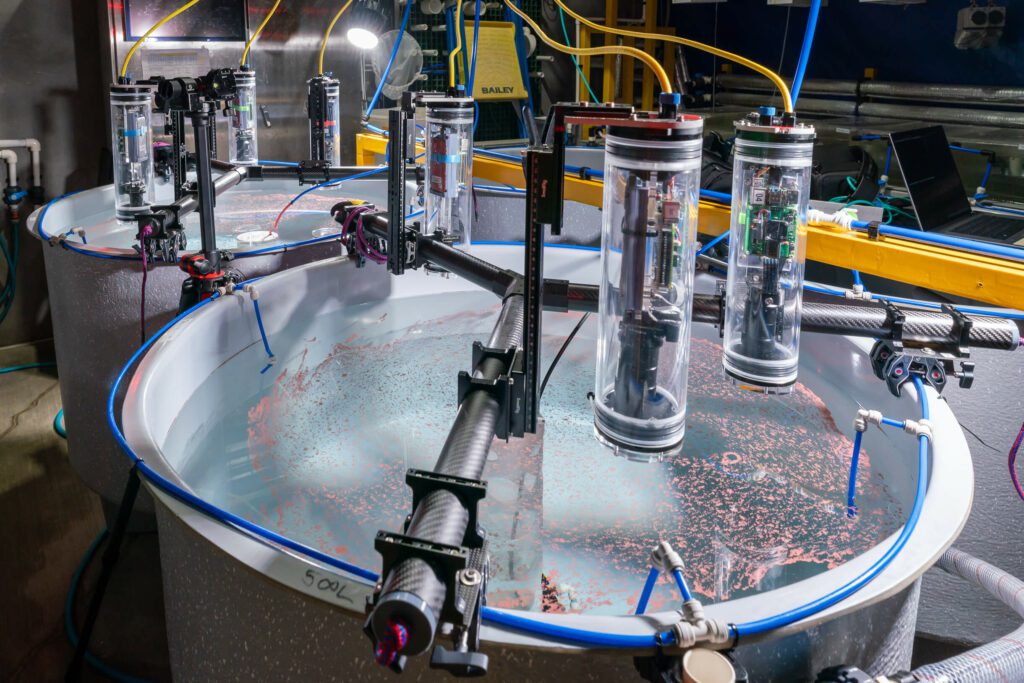
Coral Spawn &Larvae Imaging Camera (Credit Dorian Tsai, QUT)
QUT Executive Director, Industry Engagement, Dr Erin Rayment, said: “QUT is developing technologies and interventions to help prevent coral bleaching and restore the reef, in collaboration with communities and stakeholders.
“Our scientists have created a world-first way to easily count baby coral using state-of-the-art computer vision and artificial intelligence. We are developing processes to translate research into real-world actions to restore the reef,” Dr Rayment said.
“Significantly, our researchers are collaborating across QUT and with partners like AIMS to amplify the impact of our work. This is demonstrated in the recent project that developed an adhesive that sticks coral to reef rubble for reef re-seeding and stabilisation projects.”
Southern Cross University Deputy Vice Chancellor (Research and Academic Capability) Professor Mary Spongberg said: “Given the sea temperatures we have seen this year in the Northern Hemisphere, techniques such as Cloud Brightening and Fogging may prove critical to the preservation of the Great Barrier Reef, as bleaching and heat stress seem inevitable. The work our researchers have undertaken as part of the RRAP has prepared us to deal with these increasingly catastrophic climate conditions.”
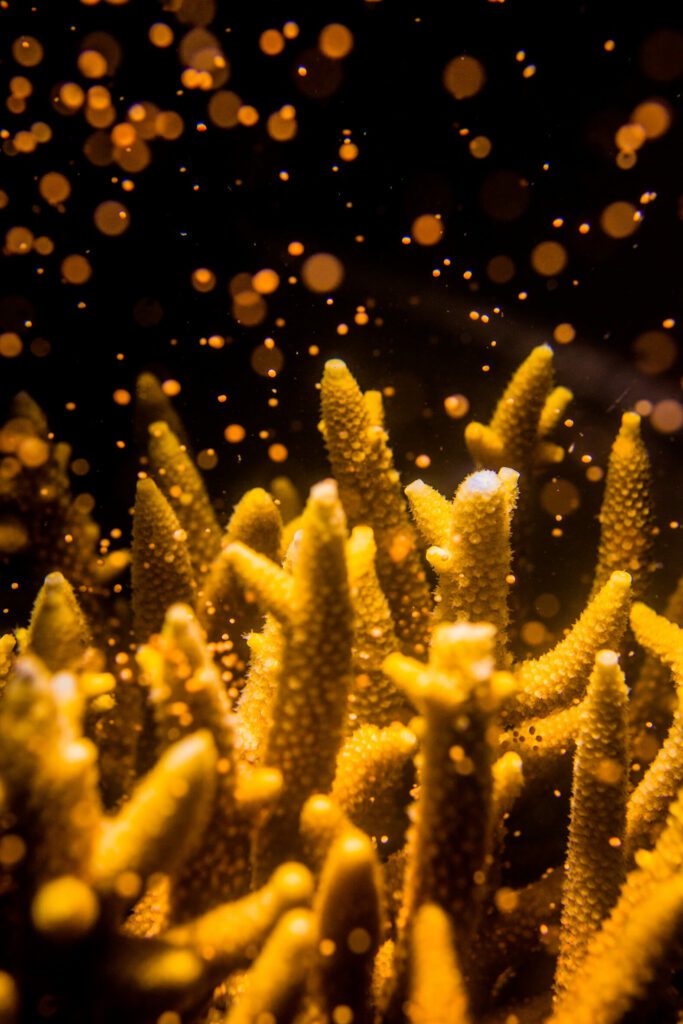
Coral spawning in simulated environment (Credit Gary Cranitch)
James Cook University Deputy Vice Chancellor, Research, Professor Jenny Seddon said: “JCU is proud to be a partner of RRAP and has played a crucial role in the Program’s research outcomes.
“We have made breakthroughs in coral aquaculture research to boost coral larval survival and promote coral production, such as seeding new corals. JCU has also played a central role in a collaborative monitoring project, based at Moore Reef off the Cairns’ coast, with scientists working alongside Traditional Owners, tourism operators and the community to design, train local partners, and successfully implement citizen-science based monitoring of RRAP’s coral seeding field trials,” Professor Seddon said.
The Reef Restoration and Adaptation Program is funded by the partnership between the Australian Government’s Reef Trust and the Great Barrier Reef Foundation, partners include the Australian Institute of Marine Science, CSIRO, the Great Barrier Reef Foundation, The University of Queensland, Queensland University of Technology, Southern Cross University and James Cook University.
Feature image: Coral Probiotic Assays (Credit SkyReef Photo)
